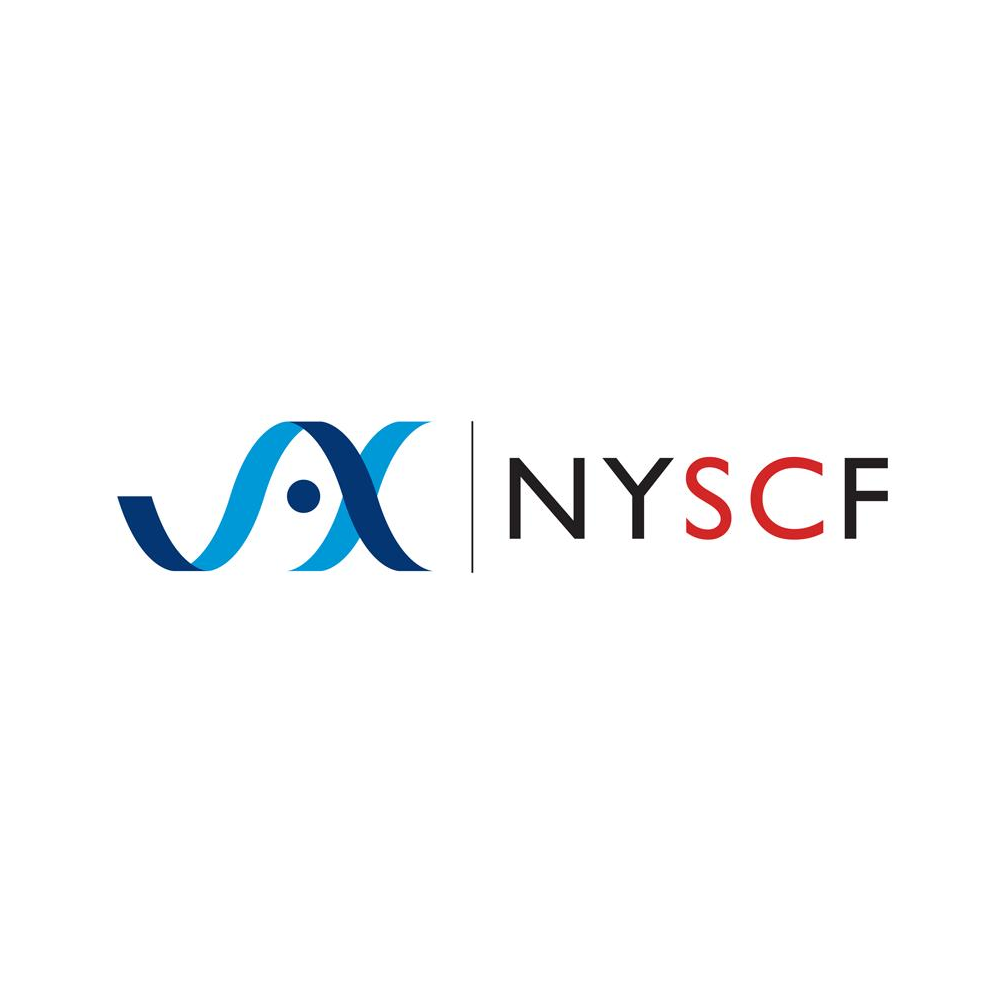
The Jackson Laboratory acquires New York Stem Cell Foundation to transform biomedical research and accelerate precision therapies for patients
On Oct. 20, 2025, The Jackson Laboratory (JAX), a global leader in genetics and genomic medicine, announced it had completed its acquisition of the New York Stem Cell Foundation (NYSCF), a pioneering nonprofit dedicated to advancing cures through stem cell research.
This unification creates one of the most powerful nonprofit engines for biomedical discovery, combining JAX’s expertise in genetics and mouse models with NYSCF’s advanced stem cell and automation technologies.
With complementary missions and shared values, JAX and NYSCF are uniting at exactly the right moment—when advances in genetics, stem cell science, and AI are giving researchers unprecedented tools to study biology. JAX is seizing this opportunity to build more advanced, predictive research platforms, helping scientists worldwide uncover disease mechanisms sooner and translating promising science into therapies with a higher chance of success.
JAX’s decades of experience in mouse models—essential for understanding complex physiology—are now paired with the NYSCF Global Stem Cell Array®, a cutting-edge robotic platform that supports large-scale, reproducible stem cell research. This technology makes it possible to investigate biology at the level of individual patients, generating insights that can drive more precise and effective treatments. When combined with both organizations’ strengths in biomedical data science and AI-driven tools, this synergistic platform strengthens drug discovery that matters to human health.
Founded in 2005, NYSCF has pioneered the development of scalable stem cell platforms that allow scientists worldwide to study disease, discover drugs, and explore regenerative medicine. By joining with JAX, recognized for its deep expertise in genetics, quality standards, and leadership in NIH-funded research, the unified organization will provide the biomedical community with more powerful tools to model human health, test interventions, and improve reproducibility.
Tags:
Source: Jackson Laboratory
Credit:
